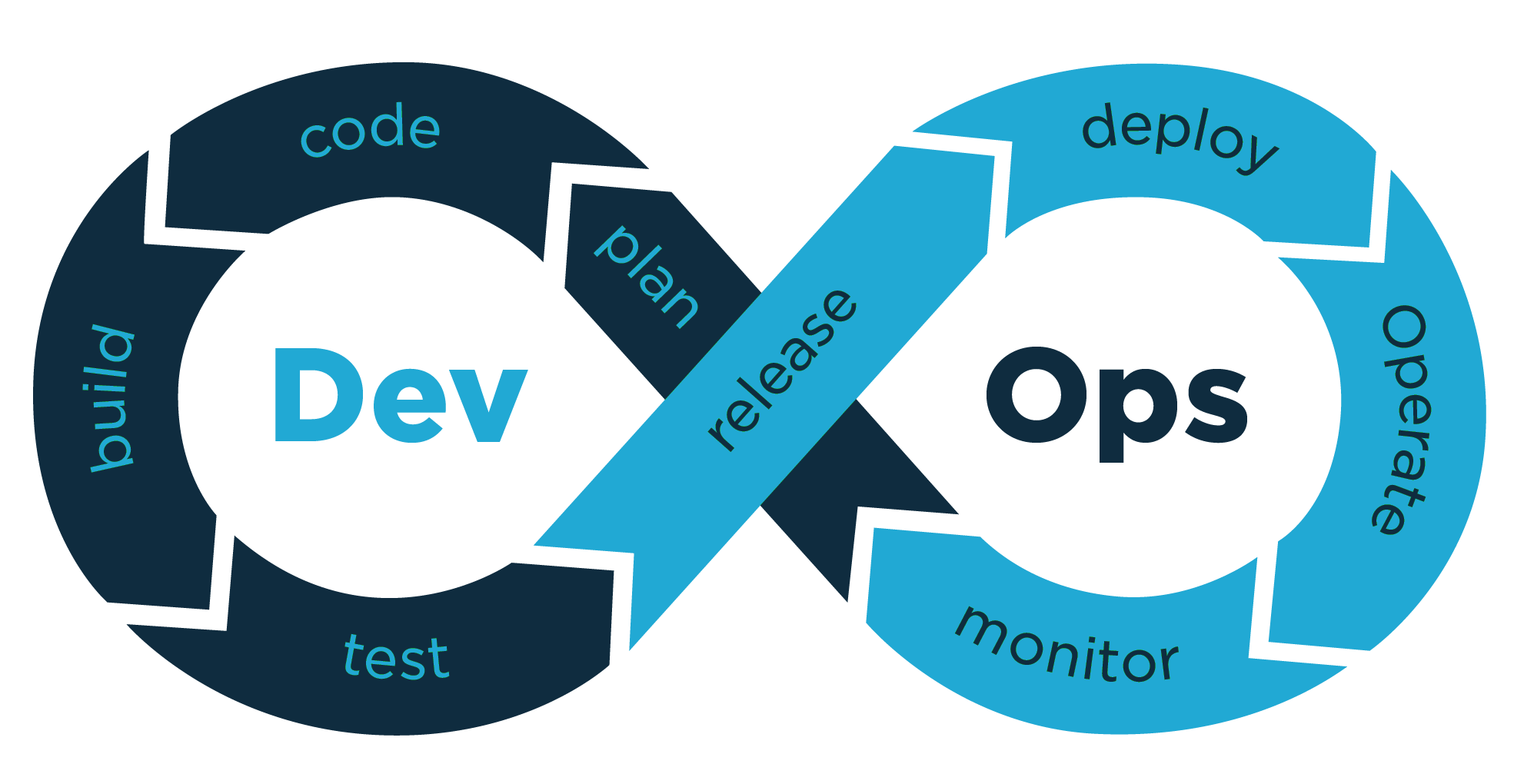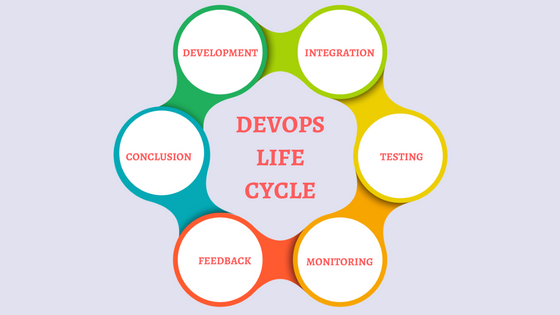What does DevOps stand for?
Developmental operations
What is an example of pure Network Applications?
Email Programs, File Transfer Protocol (FTP),Terminal Emulation(TELNET) or Groupware

What is DevOps?
DevOps is a set of practices that combines software development and IT operations

What are the DevOp application lifecycle phases?

Where Did DevOps Come From?
The two primary antecedents of DevOps are:Enterprise System Management(ESM) and Agile development)
How Does DevOps “Work”?
DevOps incorporates many variations on the theme. The following capabilities are common to virtually all DevOps cultures: collaboration, automation, continuous integration, continuous delivery, continuous testing, continuous monitoring, and rapid remediation.
What is the basic job of Network Applications?
A network application is any application running on one host providing communication to another application running on a different host. Network applications allow network operators to easily manage and monitor network traffic as well as analyze data that can be used to improve network systems.
What is a Network Protocol?
A protocol as used in networking is a set of rules and guidelines that define how computers communicate or transmit data. Rules are defined for each step and process during communication between two or more computers.
What is the benefit of DevOps?
Teams that adopt DevOps culture, practices, and tools become high-performing, building better products faster for greater customer satisfaction. This improved collaboration and productivity is also integral to achieving business goals.
How does DevOps help drive business results?
The true meaning of DevOps is all about delivering continuous value to customers. The results of adopting DevOps must be measured in relation to business objectives. DevOps teams align around these objectives and achieve them using short release cycles.
What is the difference between continuous delivery and continuous deployment?
Along with continuous integration, continuous delivery and continuous deployment are practices that automate phases of software delivery.
What are the 11 types of network applications?
personal area networks, local area networks, wireless local area networks, campus area networks, metropolitan area networks, wide area networks, storage area networks, system area networks, passive optical local area networks, enterprise private networks and virtual private networks.
What are the core operations of DevOps with application development?
Application development
Code building
Code coverage
Unit testing
Packaging
Deployment

What are the core operations of DevOps with infrastructure?
Infrastructure
Provisioning
Configuration
Orchestration
Deployment
What is network connectivity?
It allows users to work across multiple devices, have all time access to data, documents and be able to collaborate wherever they are.
______are the key components of DevOps?
continuous integration, testing, deliver and monitoring
Splunk, Icinga 2, Wireshark, Nagios, OpenNMS are all examples of ______
important network monitoring tools
Name a few cloud platform which are used for DevOps Implementation
Google Cloud
Amazon Web Services
Microsoft Azure
List out some popular tools for DevOps?
Some of the popular tools for DevOps are
Jenkins
Nagios
Monit
ELK (Elasticsearch, Logstash, Kibana)
Jenkins
Docker
Ansible
Git
What are the two types of network applications?
Standalone Network Applications and Pure Network Application
What is the role of network applications?
Network Applications enable people or even computers to communicate within a network. These applications use a client-server architecture, where the client and server are two computers connected to the network. The server is programmed to provide some service to the client. The client is just a desktop, laptop or portable device like a smartphone. The server can be any of these, but in most cases, it is a computer in a data center running some specialized software
Downtime (The time it takes to recover.) and Failure Frequency (The frequency when it fails to work the way it is intended) are both good criteria to check what?
network reliability
What is Open systems interconnection (OSI)?
serves as a reference model for data communication. It is made up of 7 layers, with each layer defining a particular aspect of how network devices connect and communicate with one another. One layer may deal with the physical media used, while another layer dictates how data is transmitted across the network.
10.0.0.0 with a subnet mask of 255.0.0.0172.16.0.0 with subnet mask of 255.240.0.0192.168.0.0 with subnet mask of 255.255.0.0 are all ______
private network addresses
What is a protocol?
are “languages” used by computers and network devices in order to communicate with one another